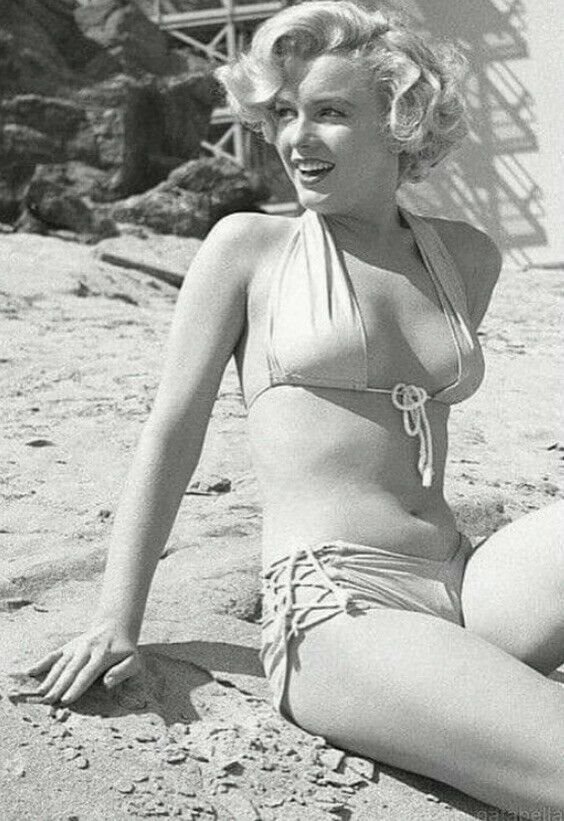The bikini is a two-piece swimsuit that typically consists of a bra top and briefs. The modern bikini was first introduced in 1946 by French engineer Louis Réard, who named it after the Bikini Atoll in the Pacific Ocean, where the United States had just conducted nuclear tests. The bikini was designed to be small and revealing, and it caused a scandal when it was first introduced.
However, the concept of a two-piece swimsuit can be traced back much further. Ancient Roman mosaics from the 4th century AD depict women wearing bikini-like garments while participating in athletic activities. In the 19th century, women’s bathing suits consisted of full-length dresses and bloomers, but by the early 20th century, two-piece swimsuits that covered the midriff were becoming more common.
During World War II, fabric rationing led to the development of the “victory suit,” a two-piece swimsuit that exposed the navel. However, it wasn’t until after the war that the modern bikini was introduced. Louis Réard’s bikini was a tiny two-piece swimsuit that exposed the belly button and was designed to be worn without a belt or buttons, which he claimed would cause a “bikini explosion” of excitement among men.
The bikini became increasingly popular in the 1950s, as Hollywood stars like Brigitte Bardot and Marilyn Monroe wore them on screen. However, many countries banned the bikini, including Spain, Italy, and Portugal, and the Vatican even declared it sinful. By the 1960s, the bikini had become more widely accepted, and it became a symbol of women’s liberation.
Since then, the bikini has continued to evolve, with new styles and designs constantly being introduced. Today, bikinis come in a wide range of shapes, sizes, and materials, and they are worn by women all over the world.





